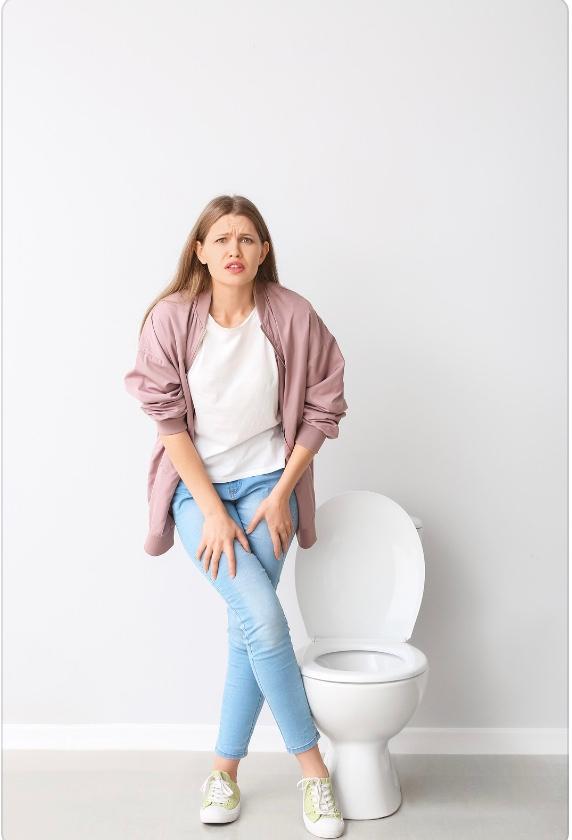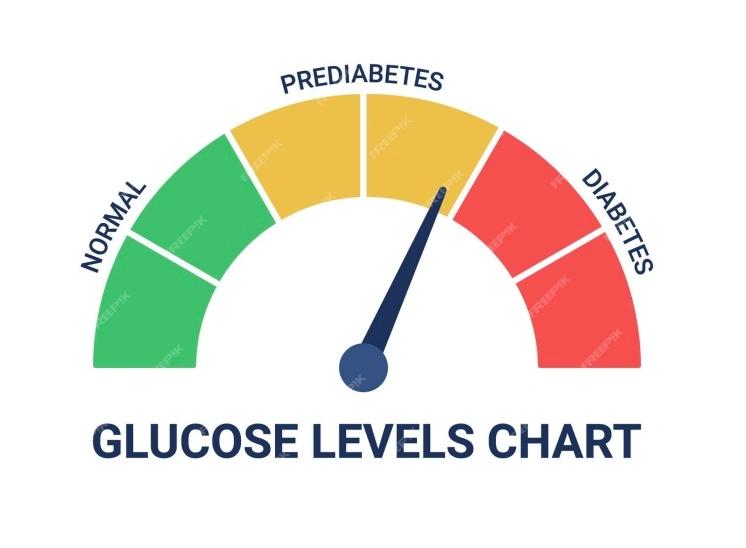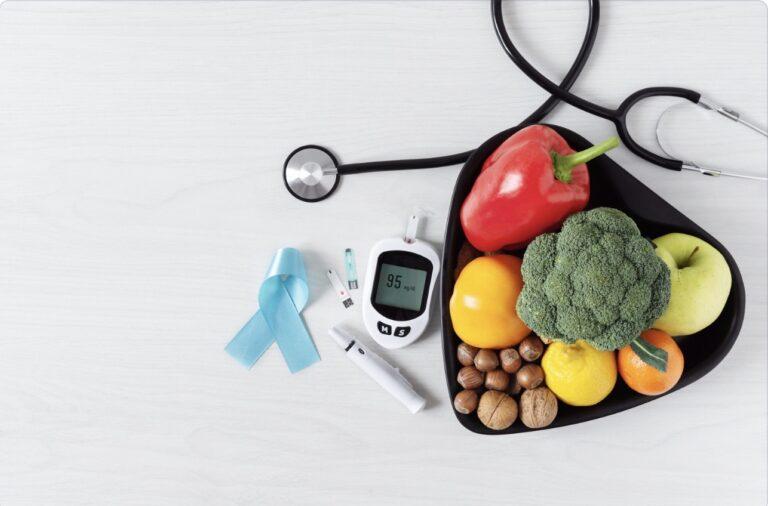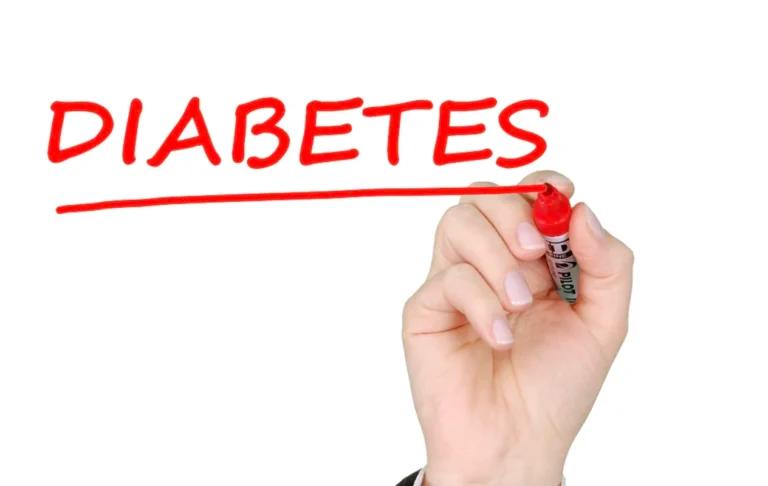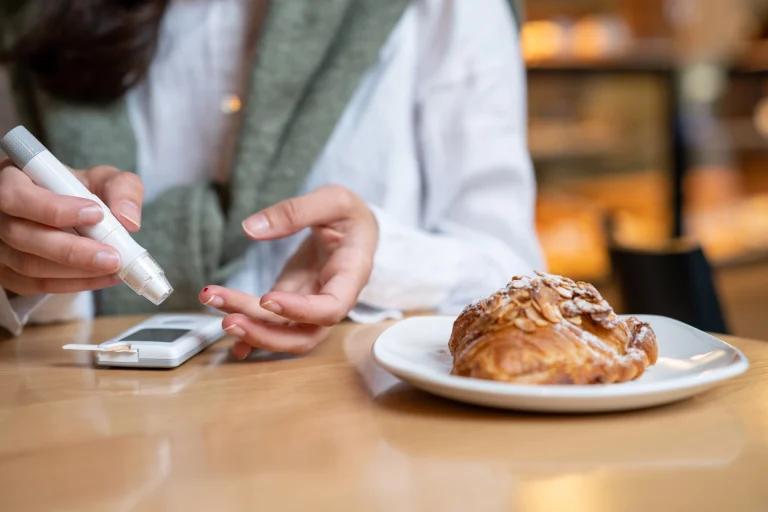“My perception of diabetes was skewed. Something old Uncles get because of their diet. They might be amputated because of it. Didn’t know the difference between types. Didn’t care that much.”
We’ve just launched an online exhibition exploring the real life of people with diabetes. You might wonder why? Why would a company like NowPatient create an online photo exhibit? Why does it matter? I’ll explain if you stick with me.
The diabetes maze
When I joined NowPatient, I entered a world I understood nothing about. My perception of diabetes was skewed. Something old Uncles get because of their diet. They might be amputated because of it. Didn’t know the difference between type 1 and type 2 diabetes and before I started working for NowPatient I didn’t care that much. I believe in human-centric marketing, but how could I possibly help build, promote and launch a product I couldn’t use? To stay faithful to my way of practising my discipline, I needed to become an expert. My experience did show me that with the right methodologies, anyone can be part of the solution to any problem, so I embarked on a research journey with a huge dose of humility. On this journey, I had many questions. This photo shows what I drew on our whiteboard on the 19th of September 2018.
Making it personal
A few weeks in, as I despaired of ever being able to emotionally connect with people with diabetes and promote NowPatient’s mission, our former CTO – who had lived with the condition for over 2 decades – told me that living with diabetes is the same as being part of a historically-discriminated-group. I resented that. Being a woman of African descent living in a Western country, I knew what she tried to do and why she implied it. And I can’t deny that it did help me feel better connected to the woes of people living with diabetes. However, I’m afraid I can’t agree with that statement in how it was presented to me because people with diabetes don’t get shot on the street, beaten or choked to death or enslaved because they live with diabetes. They’re not left to drown while others laugh, systematically discriminated against for basic life necessities such as access to financial and health services, accommodation or employment because of something they can’t help. But that’s another topic.
People with diabetes are however subject to a lot of judgmental behaviours and verbal abuse. A lot of neglect and misunderstanding by the very people who should care for them. Headlines portray them in a negative light and make them come across as irresponsible individuals, burdening society. The language used to refer to them is largely offensive and the gaslighting they experience can be somewhat linked to experiences people who look like me have had.
Being an ally
I started familiarising myself with the domain, I decided to become an ally. The sort of ally I would want to have. I armed myself with the best weapon we could have at NowPatient to really innovate, disrupt and add value: people with diabetes. Loads of them. Children, young people, older people and minority groups. Christians, Atheists, Jewish and Muslims. British, Norwegian, German, Spanish, Swiss and American. Binary and non-binary, queer, cisgender. People from different socio-economic backgrounds and ethnicities, people with different access to technology, different demographic groups, different diabetes stories and navigating different healthcare systems.
Pastors, doctors, nurses, lawyers, train drivers, psychologists, stay-at-home mums, executives, techies, dieticians, marketers, cashiers, athletes, photographers, illustrators, filmmakers, students and cobblers. People recently diagnosed and people living with diabetes for half a century. People with various disabilities and conditions. Dog lovers and avid walkers, binge-watchers and pizza eaters, those with a low-carb lifestyle and those who adore physical training. Representation matters.
“And one thing I realised. Nothing out there is representative of how diverse, rich and amazingly resourceful people with diabetes are.”
Why this online exhibit, and why now?
As I moved further into my role, I had to start telling stories. Everyone underestimates how much time marketers spend trying to find imagery for storytelling that represents their target audience. I spent hours scrolling through picture libraries, video galleries, Pinterest boards and memes. Most of the content was terrible. Inaccurate, clinical, food-related or outright offensive. At some point, I dreaded having to look through these images because there was the odd chance you’d come across a wounded foot without a graphic image warning. I’m squeamish, yes, but I doubt anyone would welcome seeing open wounds on the regular while trying to find pictures to do their jobs.
As the months went by, I went from being shocked and scared to frustrated. I really no longer wanted to browse these galleries and heavily relied on 2 series of a few photos two photographers created that showed a more realistic depiction of life with diabetes. I just wished there was a gallery of photos that looked like the very real lives of people found on Instagram, with no graphic foot in sight. Does diabetes create complications? Yes. There’s no need to shy away from that. But as you browse the social media and podcasts of everyday people living with the condition, you see people living first, with diabetes second. This needed to be amplified.
When you have diabetes, you have to carefully monitor your blood sugar levels and take steps to keep them in a healthy range. For many people, this means using diabetes technology, such as continuous glucose monitors (CGM) and insulin pumps. While these devices can be lifesaving, they can also be intimidating and it can be easy to feel like you’re the only one using them. That’s why it’s so important to see diabetic patients using diabetes technology in images portrayed by the media. When you see other people using these devices, it helps normalise them and makes them seem more approachable. It can also help to give you a sense of community and let you know that you’re not alone in your journey.
The way diabetes is portrayed in the media has a big impact on how people perceive the condition. In recent years, there have been more positive portrayals of diabetes in the media, which helps to break down the stigma surrounding the condition. For example, actor Nick Jonas speaks openly about his type 1 diabetes and has used his platform to raise awareness about the condition. Jonas’ health was addressed in an Amazon Prime documentary called “Chasing Happiness” in which he is honest and open about his journey with diabetes and encourages others to stay positive despite challenges.
Disney Pixar’s latest animated film “Turning Red” shows two characters with type 1 diabetes wearing visible devices in fact a Dexcom device and an insulin pump attached to their waistband. This gives big screen representation to young people with diabetes.
Be the change
I wanted that for NowPatient. And I thought maybe others wanted that too. I spoke to my team about it and as I showed them 2-3 pictures I had come across to illustrate my point. They were as shocked as I have been all along. And 2 of them live with type 1 diabetes. They backed me up and decided we should go for it, so we created a manifesto. We made a pledge to contribute positive imagery to the depiction of people with diabetes. When we shared our pledge with the diabetes community, the response was overwhelming. Others wanted better representation too. Some didn’t even realise how bad the representation was. As lockdown was easing late in the year, we decided we’d start making a contribution in the new year.
No plans in COVID-19 lands
We had big plans. Then another pandemic lockdown happened and we really felt defeated. People who pledged to help when we shared our manifesto kept emailing us asking for updates. We were well into the new year now and felt a sense of duty. We did promise, we couldn’t disappoint. So we switched gears and decided to rely on the diabetes community. We did a massive call out for people to share photos they’d take themselves. We received hundreds of them from all over the world and had to make a decision on what we’d do with them. They weren‘t all fantastic but we decided to find a way to make them work which is why we ended up with the idea of an online gallery. We didn’t want them to be boringly displayed in a slider on a web page and wanted to make it an experience. We wanted to tell a story. So why now? Because if not now, when?
Our hope
What we have is representative enough. We don’t think what we have is inclusive enough. We don’t think what we have is diverse enough. But we think what we have is a good start. It’s for people with diabetes and we built it for them. They can make it what they want. All they have to do is participate. We want this online exploration to be a never-ending source of inspiration and representation. We’d love people to want to send us their pictures, on a daily basis. We want them to share intimate moments other people have stripped them of by dehumanising them. We want this gallery to be a living and breathing daily diabetes experience. It can be so much more and we’re just getting started.
What about NowPatient
This is something we’re very proud of at NowPatient and underpins every single thing we do as a company. The technology we’re building addresses the mundane other technologists in this space often ignore and diabetes care systems often exclude from clinical settings. We have listed sex as an activity in the app because it is an activity most people engage in regularly. We hyper-personalised because no two people with diabetes are the same, and they need support that is as unique as they are. And to build technology that way, you need to REALLY know who you’re building it for. And this is a never-ending process.
So if you wonder why a tech company is bringing you a photo exhibition, this is why. This is so you understand what breathes life into every feature in our app.
Medical Disclaimer
NowPatient has taken all reasonable steps to ensure that all material is factually accurate, complete, and current. However, the knowledge and experience of a qualified healthcare professional should always be sought after instead of using the information on this page. Before taking any drug, you should always speak to your doctor or another qualified healthcare provider.
The information provided here about medications is subject to change and is not meant to include all uses, precautions, warnings, directions, drug interactions, allergic reactions, or negative effects. The absence of warnings or other information for a particular medication does not imply that the medication or medication combination is appropriate for all patients or for all possible purposes.





